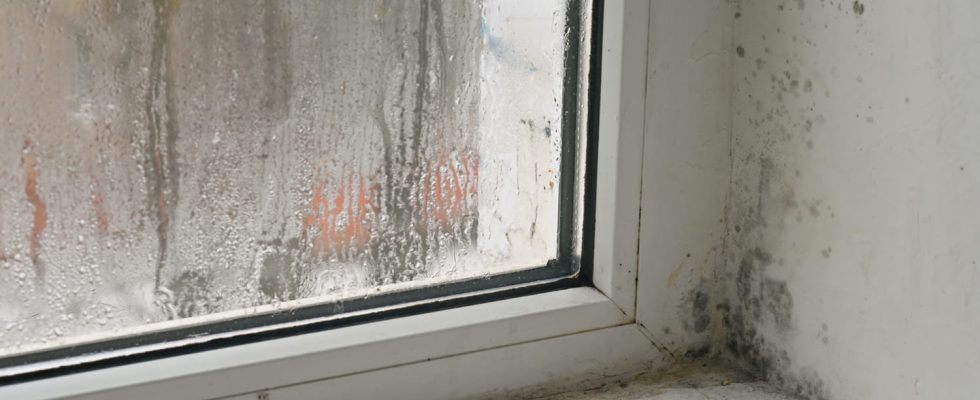Summer and winter alike, it is essential to ventilate for a few minutes to renew the air, but also to prevent humidity and mold from taking hold. But what is the best time of day?
In winter, maintaining a healthy and comfortable home requires careful management of ventilation. In France, many homes suffer from problems with humidity, condensation, and consequently mold. Humidity and mold in the house can cause many health problems such as coughs, rhinitis, respiratory problems (asthma), headaches, nausea, skin irritation and respiratory allergies. It can also create an environment conducive to pests like dust mites or cockroaches.
To avoid these problems, it is important to have good ventilation and ventilation. Home health experts recommend opening windows every day, for at least ten minutes, in summer and winter. In winter, the problem gets worse, especially when it is very cold. The humidity is increased and you are less inclined to open your windows. But if you shower or dry clothes with the window closed, it can quickly lead to condensation and moisture buildup. Opening windows is therefore crucial to prevent the appearance of mold. But did you know that the time you do it can make all the difference?
Contrary to what we often do, the best time is not in the morning before leaving for work. Experts are clear that you should open your windows during the hottest part of the day, because that’s when the outside air is generally driest. Ideally, if you are at home, open your windows between 10 a.m. and 2 p.m.
Ventilation during these hours helps evacuate the humidity accumulated in the house without the risk of introducing too cold outside air, which could cause condensation and mold problems. In addition, the air flow during these hours of the day promotes faster drying of damp surfaces, reducing the risk of mold formation. Do not hesitate to open several windows at the same time to circulate the air well.
On the other hand, opening the windows early in the morning or late in the evening can be counterproductive in winter. During these periods, the outdoor temperature is typically colder, which can cause indoor humidity to increase and encourage condensation, especially if temperatures are near freezing.
